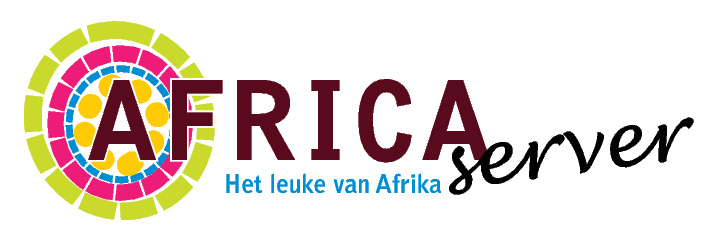Maandag 27 December 2021
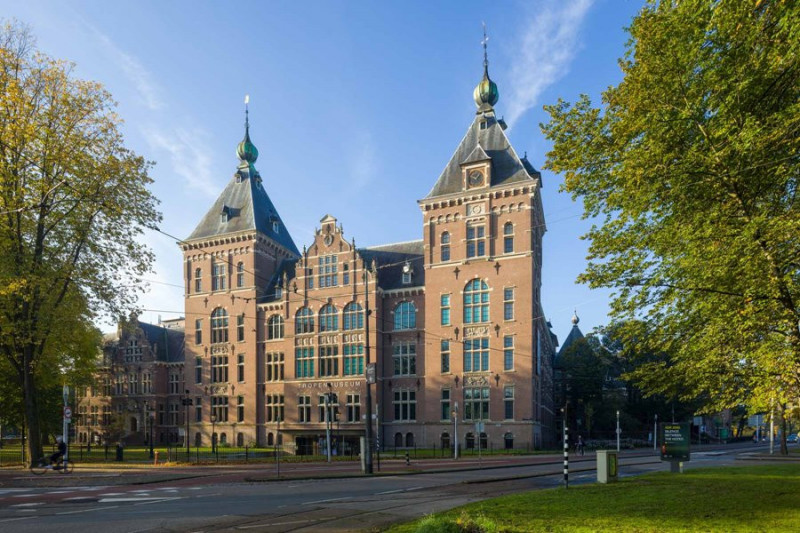
Special exhibition: Through the lens of - Photographers from the African Photojournalism Database
Offering reimagined visual narratives from across the African continent, this exhibition showcases the work of visual storytellers selected from the African Photojournalism Database (APJD). At the core of the APJD is the mission to share refreshing and diverse stories told by photographers often overlooked by the global media industry—stories that are not widely seen in the current media landscape. Through the lenses of 16 photographers from 11 countries, nine men and seven women, this collection connects a range of views on identity, daily life, traditions and change. The APJD members share their reflections on identity, from explorations of gender in Maputo, Mozambique to reviving Amazigh heritage in rural Libya. Moments of everyday life are highlighted to provide more nuanced views and confront stereotypes, from contrasts in Casablanca, Morocco to youth and social landscapes in Algiers, Algeria. The visible impact of climate change in Madagascar and Zanzibar is underlined, and we’re also given insight into political and social change, including the 2019 protests in Khartoum, Sudan and the coping mechanisms of those who have survived terrorism in Nigeria. Stories of love and families feature strongly, from couples in Cape Town, South Africa, to the value of community in Gondar, Ethiopia. This exhibition was created in partnership with the National Museum of World Cultures to celebrate a new generation of photographers who are redefining what should be seen, through the stories that matter to them. Featuring work by Mohamed Altoum (Sudan), Salih Basheer (Sudan), Kwasi Darko (Ghana), Noncedo Gxekwa (South Africa), Nada Harib (Libya), Yassine Alaoui Ismaili, alias Yoriyas (Morocco), Amina Kadous (Egypt), Tracy Keza (Rwanda), Mahmoud M Khattab (Egypt), Jacques Nkinzingabo (Rwanda), Ayobami Ogungbe (Nigeria), Rijasolo (Madagascar), Fethi Sahraoui (Algeria), Sydelle Willow Smith (South Africa), Martha Tadesse (Ethiopia), and Etinosa Yvonne (Nigeria).

Exhibition: ‘Voëlvry‘ – Kendell Geers
The exhibition Voëlvry takes its name from the Afrikaans Anti-Apartheid music movement that Kendell Geers was part of in the late 1980’s. Geers played keyboards and tape loops for the underground band KOOS that was featured on the original Voëlvry album that launched a movement that Max du Preez described as a significant movement in every social, political, cultural and musical sense of the word (Vrye Weekblad). Voëlvry translates to ‘Vogelvrij’ in Dutch or ‘Outlaw’ in English. The exhibition invites us to meditate on the question, what does freedom mean in 2021?
What does freedom mean in the aftermath of the pandemic lock downs, social distancing, Black Lives Matter protests, climate change with unprecedented heat waves, wildfires, floods, social media panic and plagues of fake news? The answer lies in art because it can announce what we don’t want to hear and reveal what we are afraid to see. With his tongue firmly in our cheek Geers sharpens his black humour and challenges our definitions of art in the post- Truth era. In Voëlvry, the artist shifts his uniquely charged language of political abstraction and aesthetic protest towards healing by understanding our fragile connection to nature through art.
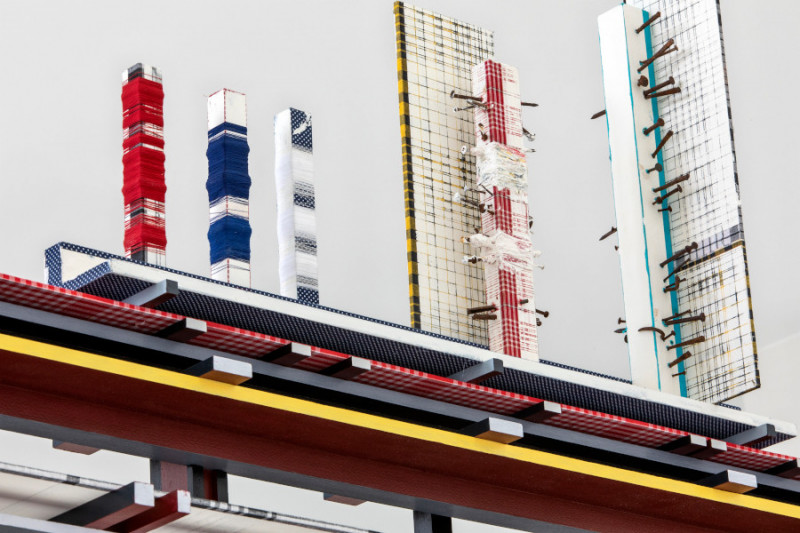
Remy Jungerman - Behind the Forest
Het Stedelijk Museum presenteert vanaf 20 november Remy Jungerman. Behind the Forest, met werk van de afgelopen vijftien jaar en nieuw werk dat speciaal is gemaakt voor de tentoonstelling. In Jungermans sculpturen, installaties, panelen, collages en zeefdrukken beweegt hij zich tussen de Marron-cultuur in Suriname, de Afrikaanse Diaspora en het 20ste-eeuws modernisme. Hij zoekt naar een autonome beeldtaal door abstracte geometrische patronen uit verschillende culturen met elkaar in gesprek te laten gaan. Remy Jungerman (1959) is geboren in Moengo, Suriname, en woont en werkt in Nederland en de Verenigde Staten. Hij volgde een opleiding aan de Academie voor Hogere Kunst- en Cultuuronderwijs in Paramaribo en verhuisde in 1990 naar Amsterdam om een vervolgstudie te doen aan de Rietveld Academie. Jungermans moeder was van Afrikaanse origine, zijn vader van Europese afkomst. Toen zijn vader in 2005 overleed ging hij terug naar Suriname voor de begrafenis. Ook bezocht hij het familiealtaar van zijn moeder en nam deel aan rituelen behorend bij de voorouderverering. Zijn moeder stamt af van de Bakabusi (‘de mensen achter het bos’) ook bekend als de Brooskampers, die onder leiding van graman (opperhoofd) Broos ontsnapten aan de slavernij van de Nederlandse plantages en een eigen gemeenschap in de Surinaamse regenwouden stichtten. Besef van zijn schatplichtigheid aan de cultuur van de Marrons leidde tot Jungermans beslissing om daaraan voortaan uitdrukking te geven in zijn werk. De tentoonstellingstitel Behind the Forest is een directe verwijzing naar de Bakabusi mensen. Vanuit de cultuur van de Marrons smeedt hij relaties met het modernisme, waarvoor de geometrische patronen van traditionele textielvormen een unieke mogelijkheid bieden.
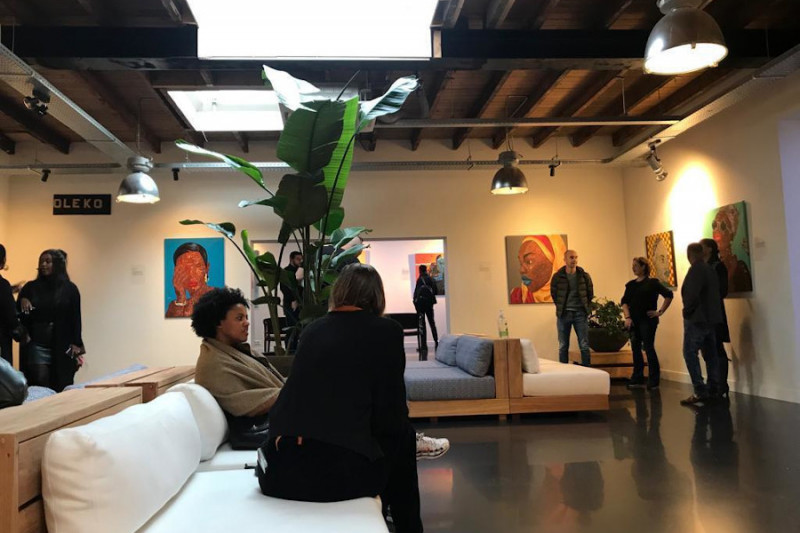
Emergence in nieuwe Afrikaanse kunst galerie
5 opkomende hedendaagse kunstenaars uit de Democratische Republiek Congo (DRC) te Kinshasa in de expositie EMERGENCE. De kunstenaars zijn Jonathan Zengwa, Lisa Mbumba, Arnold Oleko, Emmanuel Gesalo en Jonathan Zatu. De tentoonstelling is gecureerd door mij, juriste Tsehai Aarten, de Ethiopisch-Nederlandse oprichter van Afropolitan Luxury. De kunstenaars presenteren een Congo rijk aan levendigheid en kleur, bezoedeld door politiek en strijd, maar altijd vol optimisme en trots. Tsehai informeert daarnaast de bezoekers over de akelige historische waarheden over hoe Congo van hun kunst is leeggeroofd door het Westen en hoe de grote internationale musea zoals “Tate Modern" in Londen is gefinancierd over de rug van Congo; door de uitbuiting van plantagearbeiders door het half-Nederlandse bedrijf Unilever. AFROPOLITAN LUXURY wil toonaangevend en kritisch zijn, de kunstenaars en hun werk als luxe merk promoten en in de markt zetten en ver uit de buurt blijven van de stereotiepe wereldwinkelsfeer dat nog te vaak rond Afrika heen hangt. Afrikaanse kunstenaars hoeven gelukkig niet langer te wachten tot ze “ontdekt’ worden door witte kunstkenners om op internationaal vlak waarde te creëren. Er is een groeiend aantal Afrikanen in de diaspora die Afrikaanse hedendaagse kunst naar Europa halen en vanuit diepe overtuiging de werken zodanig in de markt zetten dat een steeds groter publiek bereid is om goed te betalen voor Afrikaanse hedendaagse opkomende kunst. De galerie zal in de toekomst ook Afrikaanse modemerken en interieur merken presenteren. De galerie is open op maandag, dinsdag, zaterdag en zondag of op afspraak.
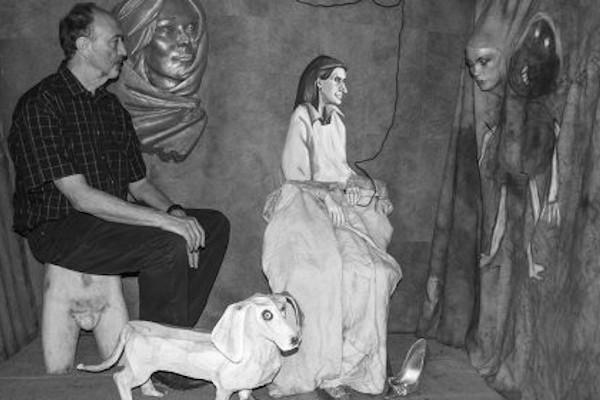
De wereld volgens Roger Ballen
Het zijn de marge van de samenleving en de schaduwkant van de menselijke geest die de wereldberoemde fotograaf en kunstenaar Roger Ballen (Amerikaan, woont en werkt in Johannesburg, Zuid-Afrika) altijd al hebben gefascineerd. Met zijn zwart-wit fotoserie Platteland heeft hij in 1994 internationaal indruk gemaakt. De foto’s toonden de grimmige realiteit van arme witte Zuid-Afrikaners, een groep die ondanks alle privileges gedurende de Apartheid in erbarmelijk omstandigheden leefden. In de loop van zijn carrière start Ballen met het maken van installaties, waarbij hij de macabere realiteit vermengt met decorstukken. Mensen, poppen, ratten en reptielen figureren tegen een achtergrond met tekeningen van primitieve figuren. Met deze uitgesproken ‘Ballenesque stijl’ creëert Ballen zijn eigen universum en is hij uitgegroeid tot een cultfiguur, juist ook onder de jongere generaties. Dit retrospectief nodigt uit tot dwalen door de psyche van Roger Ballen en doet je afvragen: wat is echt?
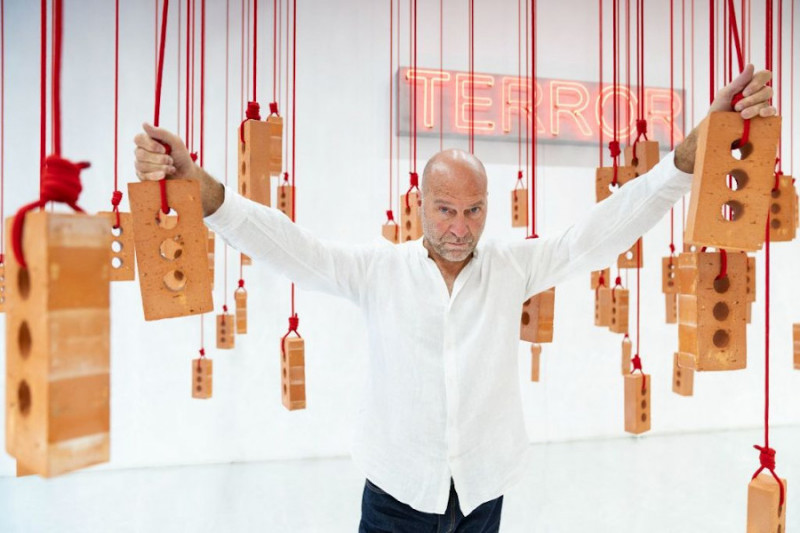
Voëlvry by Kendell Geers
The exhibition Voëlvry takes its name from the Afrikaans Anti-Apartheid music movement that Kendell Geers was part of in the late 1980’s. Geers played keyboards and tape loops for the underground band KOOS that was featured on the original Voëlvry album that launched a movement that Max du Preez described as a significant movement in every social, political, cultural and musical sense of the word (Vrye Weekblad). Voëlvry translates to ‘Vogelvrij’ in Dutch or ‘Outlaw’ in English. The exhibition invites us to meditate on the question, what does freedom mean in 2021?
Kendell Geers is one of the most renowned artists in Africa. His work has been shown in numerous solo and group exhibitions, including Haus der Kunst Munich, Centre Pompidou, Paris; Goodman Gallery, Cape Town and Kunsthalle Stockholm. His works are included in private and institutional collections worldwide, including Centre Pompidou, Paris; SMAK, Ghent, Chicago Art Institute; Museum of Contemporary Art, Antwerp; National Museum of Contemporary Art, Athens; and South African National Gallery.
